Pope Francis’ reign has ended, and as the Catholic Church mourns his death, it also looks to the future. On Monday, two days after the pope’s funeral, the Vatican announced that a papal conclave will begin on May 7 to select his successor.
The question now is which man, as women cannot be ordained priests in the Catholic Church, will emerge and step onto the balcony in papal regalia to greet the crowds gathered in St. Peter’s Square at the Vatican.
Below is an inside look at the conclave process, including a step-by-step breakdown of how the next pope will be chosen and anointed beneath Michelangelo’s iconic fresco on the Vatican’s Sistine Chapel ceiling.
What is the papal conclave, exactly?
The papal conclave is a closely guarded gathering of cardinal electors — all serving cardinals under the age of 80 — who elect the next pope.
The exact number varies, but there are currently approximately 135 cardinal electors from around the world who will meet at the Vatican to choose Pope Francis’ successor.
The vast majority of those eligible this time around — 108 — were appointed by Pope Francis during his 12-year papacy. They come from 71 different countries, with 10 from the United States.
When will the papal conclave begin?
The Vatican says the conclave will begin on Wednesday, May 7. Under church rules, it must begin within 15 to 20 days of the pope’s death; Pope Francis died on April 21.
How does the papal conclave work?
This assembly’s process for selecting the next pope dates back hundreds of years, with an intricate, choreographed procession of rituals and ballots.
On the first day of the papal conclave, the cardinal electors will isolate themselves from the outside world and begin the momentous task of selecting — most likely from within their own ranks — the man who will become the 267th Bishop of Rome, also known as the pope.
On Day One, the cardinals hold a morning Mass at St. Peter’s Basilica. They will enter the Sistine Chapel in a solemn procession in the afternoon, after a security sweep has been conducted to check for any illicit recording devices prior to their arrival.
For centuries, the cardinal electors were physically locked inside the Sistine Chapel until they chose a new pontiff, leaving them to eat and sleep beneath Michelangelo’s vibrant Renaissance masterpiece. These days, they do leave to rest and share meals at Santa Marta House — a hotel-like residence inside Vatican City where Francis had his own personal apartment during his pontificate — for as long as it takes them to make a decision.
Once all of the cardinals have entered the chapel, the great bronze doors are dramatically closed and sealed, and the first day of voting begins.
How does the voting for a new pope work?
The cardinals will have already debated the merits of each papal candidate during days of “general congregations” at the Vatican prior to the conclave, but now the voting begins. To be elected as pope, a candidate must receive a two-thirds plus-one vote from the cardinal electors. Pope Benedict XVI, who led the church before Francis, raised the threshold and enshrined the two-thirds requirement in church law two days before his resignation.
Each cardinal must take an oath of absolute secrecy before voting. If they reveal any information obtained during the conclave, they will be excommunicated by the church.
To vote, each cardinal writes their preferred candidate’s name on a ballot while concealing his handwriting, then walks to an altar at the front of the chapel and places the paper on a ceremonial plate. He then transfers the ballot from the plate to a chalice-urn.
The ballots are placed in another urn after they have been counted and the handwritten entries have been recorded by three cardinals at the altar known as scrutineers.
A third urn, made of gilded bronze and silver and decorated with Christian imagery, is used to transport ballots from cardinals who are too ill to leave their sleeping quarters to the chapel for counting.
Following the first vote on the first afternoon, the cardinals’ ballots are placed in one of two small ovens inside the Sistine Chapel and burned. A plume of smoke rises from a chimney and into the air above St. Peter’s Square, where it is eagerly watched by the faithful and the world’s media.
If that round of voting produces no winner, the smoke will be black, signaling to the world that the Holy See remains vacant.
How long can a conclave last?
The voting process will be repeated the following day, with the cardinals casting two ballots in the morning and two in the afternoon. If the morning sessions are inconclusive, black smoke will be visible again around lunchtime — early morning on the US East Coast.
If there is still no winner after the afternoon vote, more black smoke will pour into the early evening Roman sky.
If there is no two-thirds majority after three days, voting is halted for a day to allow time for prayer, discussion, and a “brief spiritual exhortation” by the senior cardinal of the Order of Deacons.
The voting process will then resume. A conclave will last until a majority of the cardinal electors agree on a candidate for the next Pope.
How long has it taken to choose a new pope in the past?
The longest conclave in history was the one that elected Pope Gregory X to the papacy in 1281. It lasted nearly three years, beginning with the cardinals’ first votes.
Recently, however, conclaves have lasted only a few days. In 1978, Pope John Paul II was elected pontiff after eight ballots were cast over the course of two days. His successor, Benedict XVI, was chosen on the fourth ballot, after two days, in 2005.
In 2013, Francis needed only five ballots, and the voting process took only 24 hours.
What will happen once the conclave chooses the next pope?
When enough cardinals agree on a candidate and the vote reaches two-thirds plus one, the chosen man is asked to accept the position. He will acknowledge by simply saying the Latin word for “I accept”: “Accepto.”
At that point, he becomes the new pope and announces his chosen pontifical name to the assembled cardinals. John is the most commonly used papal name, appearing 21 times. Others, like Simplicius, Hilarius, and Zosimus, have only been used once. Pope Francis was also the first to select his papal name.
The ballots are then burned in the stove, but this time a chemical additive is left out, resulting in the much-anticipated plume of “fumata bianca,” or white smoke.
There had been some confusion in previous conclaves about the color of the smoke rising over the chapel, so a new tradition began two conclaves ago, in 2005. In addition to the white smoke, bells now chime, announcing that the Roman Catholic Church has a new leader.
The new pope then immediately enters a chamber adjoining the Sistine Chapel to be dressed in papal robes.
As the faithful and curious crowd into St. Peter’s Square below, the cardinal deacon steps out onto the central balcony of St. Peter’s Basilica to introduce the new pontiff with the famous phrase “Habemus papa” (We have a pope).
Finally, the new leader of the Catholic Church steps into the spotlight to give his first blessing.







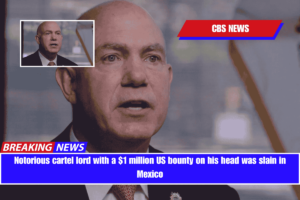

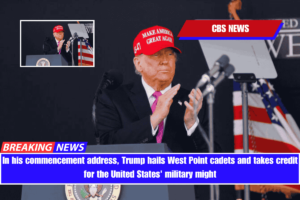




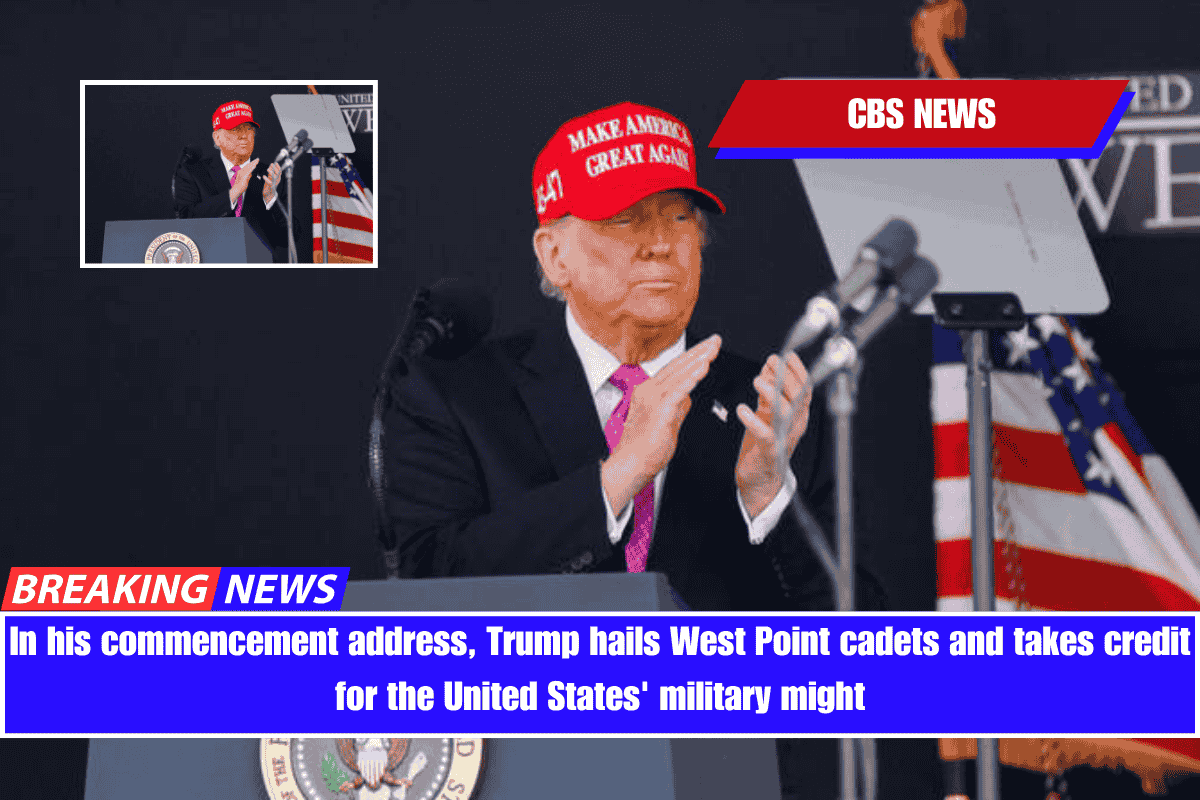
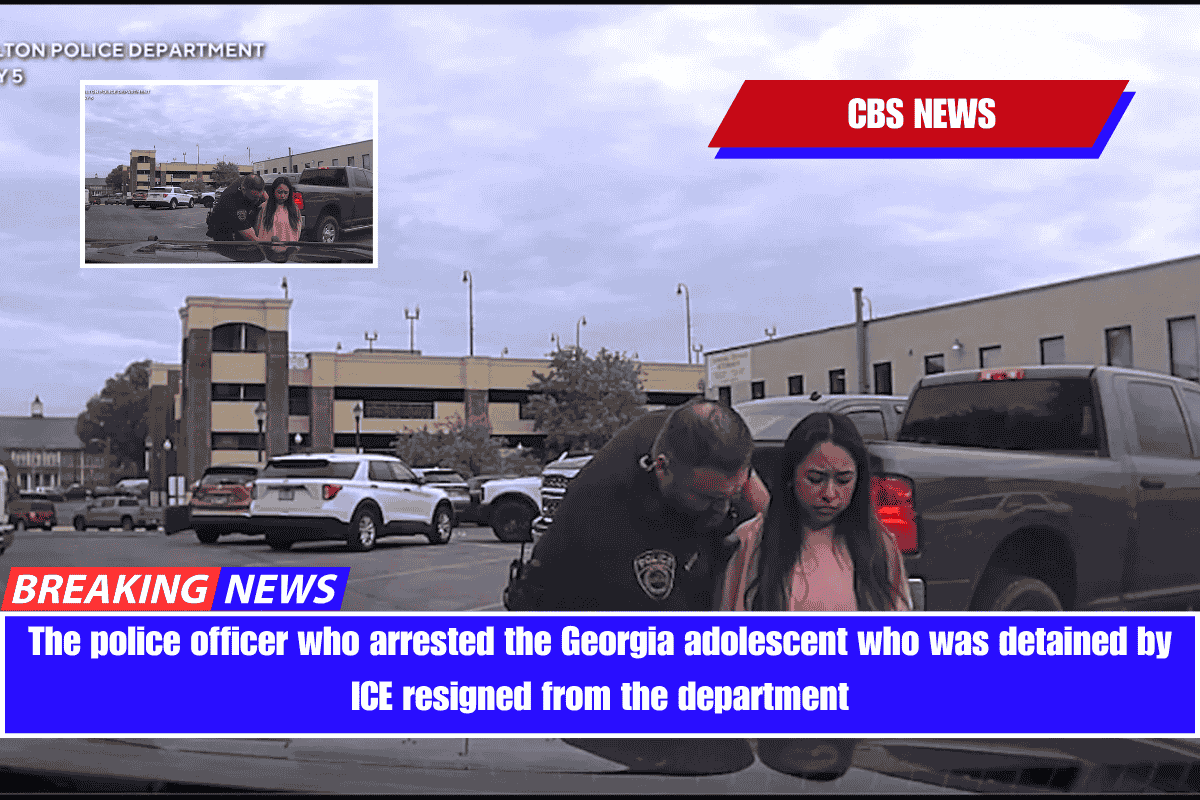

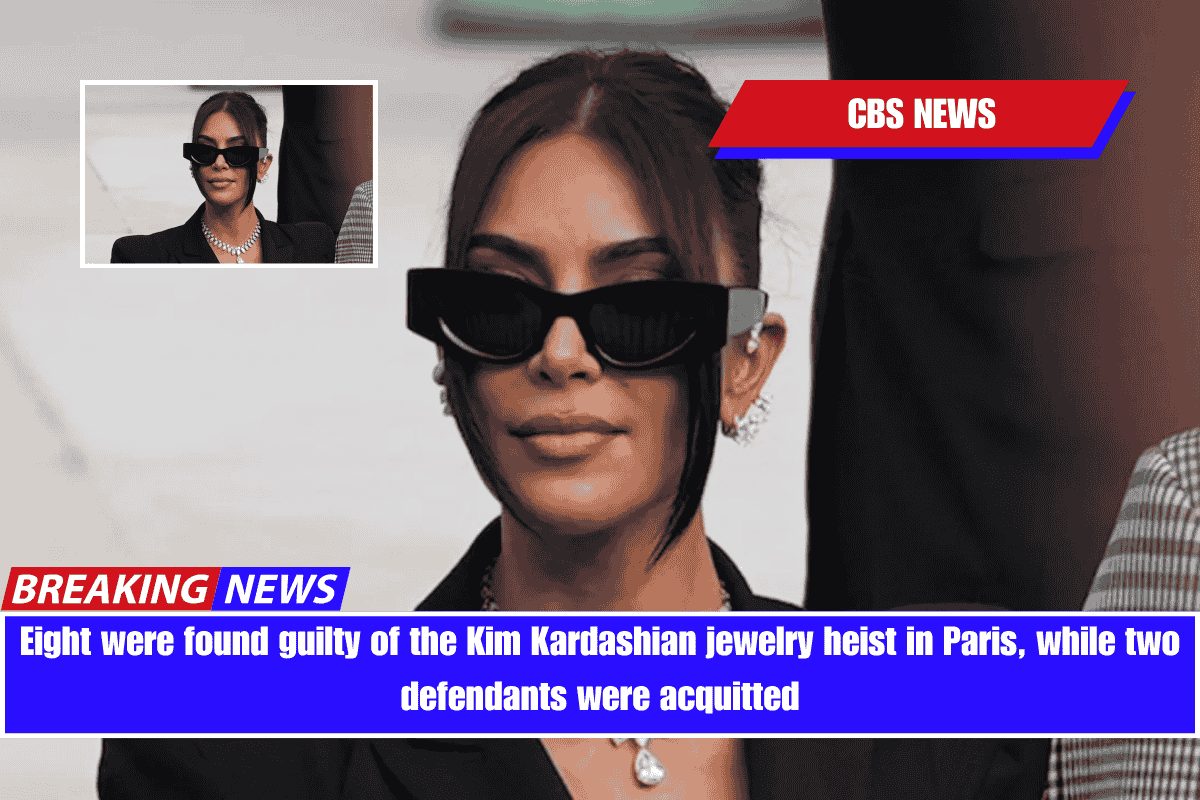
Leave a Reply